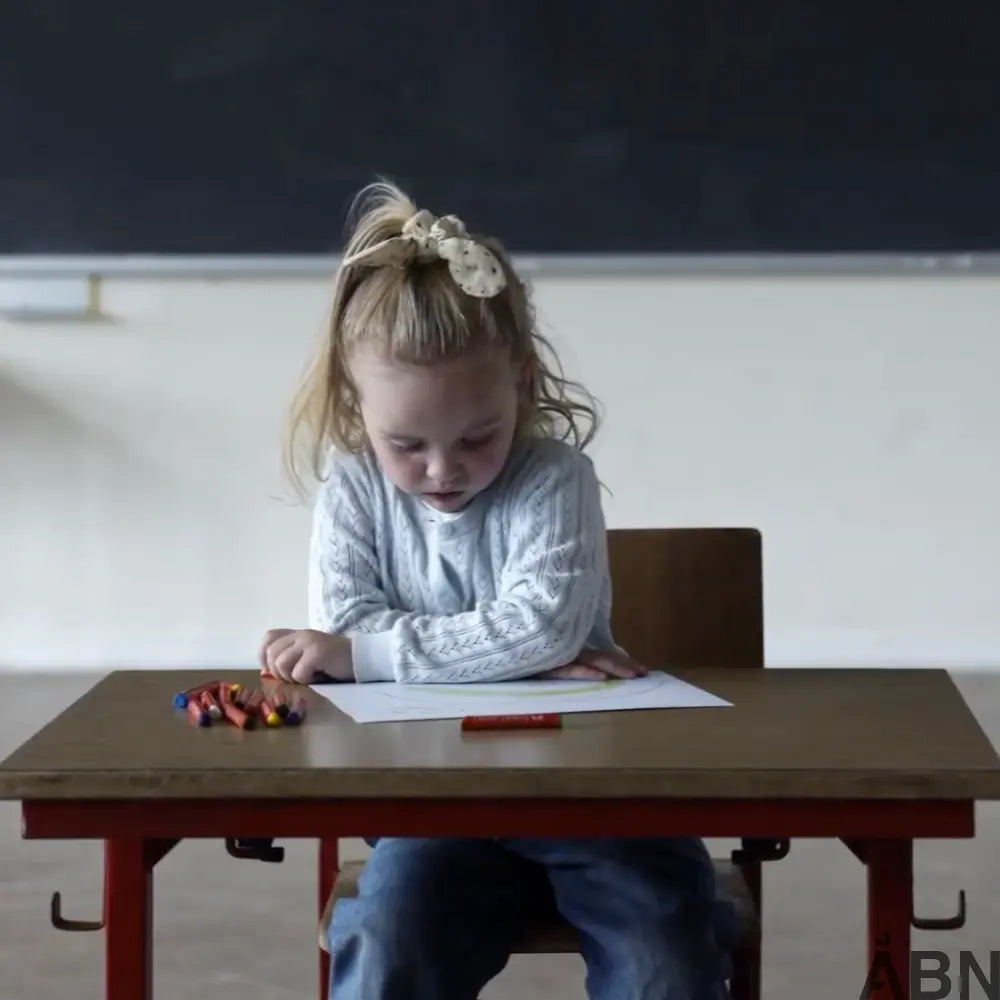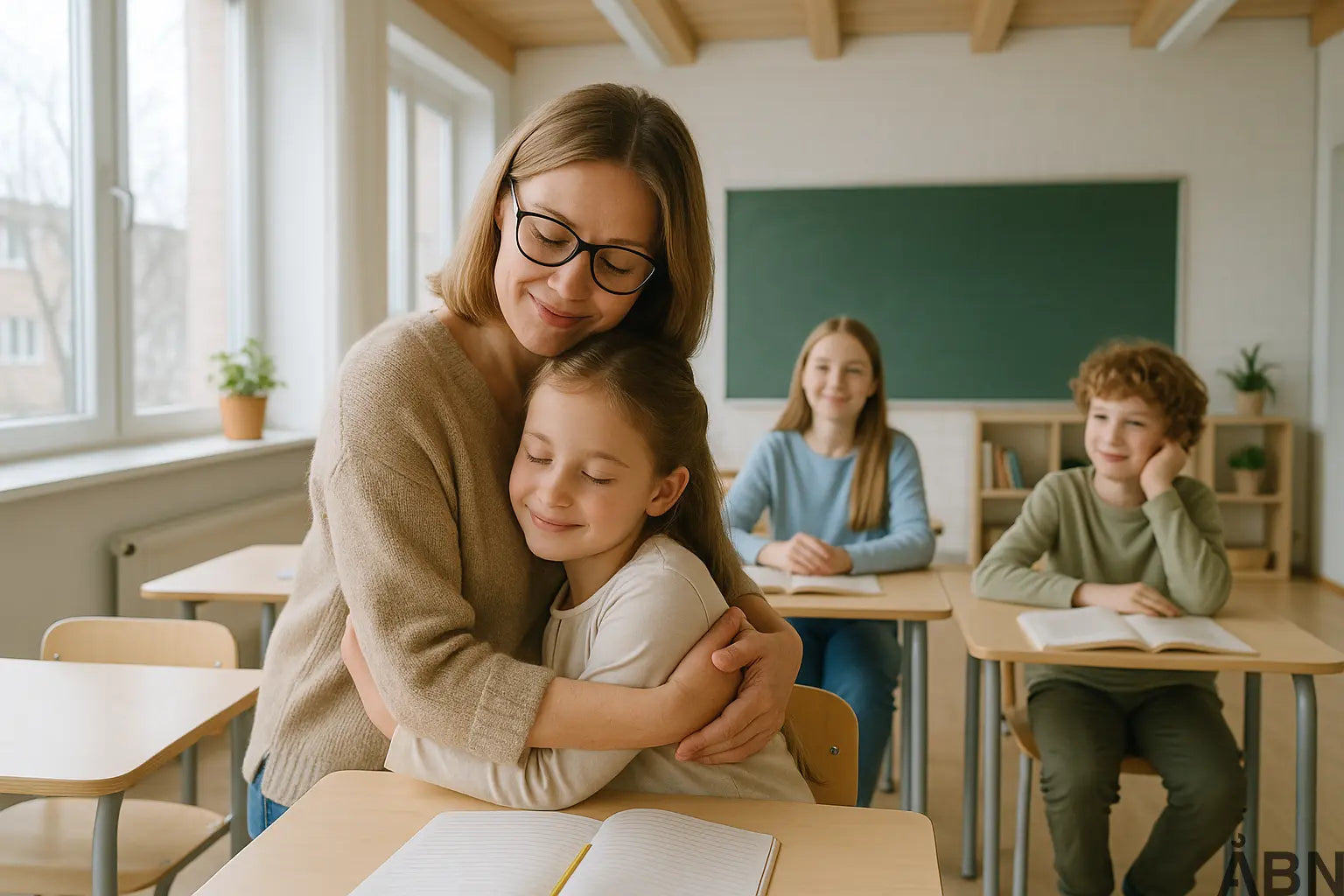Why is the indoor climate bad?
The primary schools in Denmark have been built from before the 19th century to the present day. Figure 1 shows the cumulative area share of school buildings by age. Figure 1 also shows the years in which the different building regulations came into force. Approximately 50% of the school buildings were built in the 1960s and 1970s, and approximately 10% of the buildings were built after ventilation requirements for premises first appeared in the Building Regulations of 1995, BR95.

Figure 1
In 2007, the Danish government established a quality fund of DKK 50 billion for investments in the period 2009-2018 in, among other things, citizen-friendly service areas in the municipalities. An amount of DKK 22 billion was reserved for the physical framework in day care institutions, primary schools, and sports and elderly areas. Although the municipalities spent approximately DKK 18 billion on renovation and construction of new primary school buildings in the period 2007-20146, the Mass Experiments from 2009 and 2014, respectively, showed that the indoor climate in Danish primary schools had not improved in the intervening period.
There are still widespread problems with the indoor climate in classrooms in Danish primary schools. Of the parameters examined during the heating season, air quality was the biggest problem. In 91% of the classrooms, the concentration of CO 2 exceeded the recommended limit of 1000 ppm for at least one continuous period of 20 minutes. On average, the limit was exceeded for 47% of the time the students were in school during the heating season.

Why is it a big problem?
Danish primary schools are among the schools in the world where students spend the most time. A recent OECD2 report shows that only in Australia do students attend school more than in Denmark, and that the difference between the number of hours in the two countries is marginal. With the introduction of the new primary school reform from 2014, students have had even longer days than before. Danish primary school students spend an average of 10,960 hours in primary school during the 10 years of compulsory education, where the world average is 7,540 hours according to OECD2. This corresponds to Danish primary school students spending approximately 20% of their waking hours at school per year. The well-being of students at school is therefore of greater importance now than ever before.
Why don't we air it out?
Classroom teachers have a busy everyday life with many things competing with ventilation. Therefore, it can be difficult to stay focused on ventilation in everyday life. They simply forget about it or something happens in their daily lives that causes the initiatives to be downgraded and not implemented. Several of the teachers point out that it is about breaking habits. Both for teachers, but also for students. Ventilation should ideally be something that comes naturally to you, just like chalk on the blackboard and a light bulb.
Several of the teachers point out that time is a challenging factor. The paradox is that despite the fact that the school reform has given teachers more time with their students, they are pressured by the ambition to achieve more. And here, initiatives that break the teaching flow become a disruptive element that they are therefore tempted to skip. However, it is forgotten that a better indoor climate also has an impact on the performance of students and teachers.
If this meaning is not presented to the students, they have difficulty seeing the purpose of it: “Why can’t we decide for ourselves whether we want to go out during recess?” “Why do we have to go outside? It’s really cold.” They don’t feel that it makes any difference, so it’s really necessary. Or they just forget about it – like the teachers – in their daily lives.
It is therefore important that the indoor climate is discussed with the students, and it is not just the teacher who says that it is important to open the windows. If only the teachers ask them to do it, then it will not become a habit for them. Therefore, it is important to make the indoor climate visible to the students.
It requires community
The studies show that it requires a shared responsibility to remember to ventilate. This means that it is rarely enough to start in the individual class, but that it is crucial to involve the entire school if it is to really make a difference.
When it is important to make efforts that involve the entire school, it is also because the work of creating a good indoor climate in many contexts extends beyond the individual classroom. It is about break culture, teaching culture, common rules and habits. Something that requires the entire school to be involved – both teachers and students.
It should be easy.
It is difficult to change habits and create long-term changes. Several teachers point out that it is absolutely crucial to make it easy and simple if a wider group of teachers are to start incorporating the indoor climate into their daily teaching practice. If it is very concrete and easy to do and it is also something that there is a common focus on, then the chances of getting started and doing it in daily practice are greater. Many lose their breath when it comes to the indoor climate because it becomes too ambitious a task that takes up too much of their daily lives. It must be easy to do and must not take up too much in relation to the rest of the teaching.
The ventilation task is so simple that it can be given to the students in the class. It is mind-boggling that there are 20-25 students in the class and only one teacher, and it is the teacher who has the task of ventilation. Several of our own experiments show that indoor climate blankets can be incorporated into the daily classroom routine where one or two students have the task of ventilation.
It is important to actively involve students if you really want to create indoor climate improvements through changed behavior. Otherwise, the initiatives will be difficult to maintain. Either because they meet resistance from the students. Or because the students are not actively involved in it. It is about creating visibility about why it is, for example, important to get outside during the day and actively involve the students as co-creators of the initiatives that are launched.
An obvious option would be to use indoor climate meters as an active tool to highlight indoor climate problems and draw the attention of both teachers and students to when CO2 levels exceed recommended limits.

Measurements - Students air themselves out (without the Cloud)
Measurements of the indoor climate where students have been given the responsibility to air out, show positive results in the first two weeks, with the CO2 level falling by approximately a quarter. In the third week, however, there is a clear increase to slightly above the average pre-measurement, which may indicate that the focus on the indoor climate at the beginning of the test may have diminished. This may be because the focus has been taken over by teaching, a change of teachers or that the habit has not yet been implemented. The test shows that students and teachers need an indicator that keeps telling them when to air out.
 If you follow the graph, you can see that it takes approximately 45 minutes from the end of the break until the concentration of Co2 is back at the same level as before the break began.
If you follow the graph, you can see that it takes approximately 45 minutes from the end of the break until the concentration of Co2 is back at the same level as before the break began.
Excerpt from Indoor Climate in Schools - Opportunities for Behavioral Changes in Everyday Life, from the Alexandra Institute
Who is responsible?
The question has already been asked in the country's municipalities, where they have weighted the following stakeholders on a scale from 1-5, with 5 being a very high influence. The questionnaire survey indicates that the greatest influence in relation to prioritizing indoor climate in schools falls on the municipal council, with a rating of 4.5 (on a scale from 1-5, with 5 being a very high influence). After that, it is more specifically the finance committee, followed by the children and youth committee, that is perceived to have a great influence.

It is therefore primarily the municipalities' elected representatives as a whole who are considered to have the greatest influence. The qualitative interviews also indicate that the mayor in several cases plays a crucial role in prioritizing indoor climate in the municipality's schools.
Project managers can make a difference
The project manager on specific construction projects is also considered to have a very important role in prioritizing the indoor climate in schools. It is in the specific situations where money has been allocated that there is an opportunity to consider indoor climate solutions. And here the municipal project managers play a crucial building strategy role in ensuring holistic solutions, where indoor climate is one of many wishes for a good building.
Order from the Danish Labour Inspectorate
Ministries and agencies are also considered to have a great importance. When asked what this consists of, it is primarily about the role of the Danish Working Environment Authority in relation to complying with the working environment for teachers. The municipalities are aware of injunctions and the risk of being imposed unforeseen expenses and receiving bad publicity in the public.
The weighting of the state level can also be attributed to the building regulations, which the municipalities must of course comply with.
Who influences those responsible?
The responsible persons in the municipalities are influenced by various actors, which are divided into the market, authorities, research and civil actors. These pressure in the following areas:
Learning
The Technical University of Denmark (DTU) is one of the main players in developing new knowledge about the connection between indoor climate and learning. Similarly, organizations such as the Children's Council, the Danish Center for the Educational Environment (DCUM) and EMU – Denmark's learning portal have produced several reports and studies that show a connection between indoor climate and learning.
Health
The Ministry of Health and the Elderly's focus in relation to indoor climate is health and disease prevention. Through the Danish Health Authority, work is being done to promote health by focusing on behavior and factors that can be harmful to health in the short or long term. In 2013, a so-called prevention package was published, which focused on creating better air quality and appropriate temperatures in classrooms as well as preparing the statutory educational environment assessments.
Environment
Environment, climate and including the working environment play a natural role in relation to the indoor climate in the Ministry of Energy, Utilities and Climate and the Ministry of Environment and Food, respectively, and especially their respective agencies. The Danish Energy Agency's focus is on reducing energy consumption in buildings. However, with the focus that this must not have negative consequences for the indoor climate.
 Excerpt from: https://issuu.com/realdania.dk/docs/indeklima-i-folkeskolerne-akdania
Excerpt from: https://issuu.com/realdania.dk/docs/indeklima-i-folkeskolerne-akdania
Do you want more knowledge?
Read more at these links:







